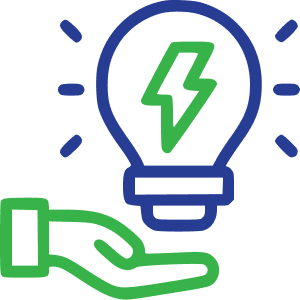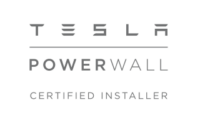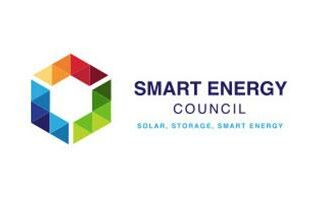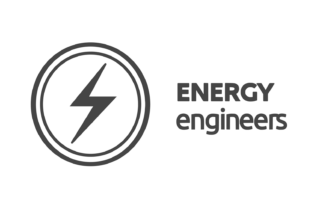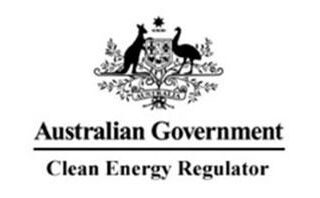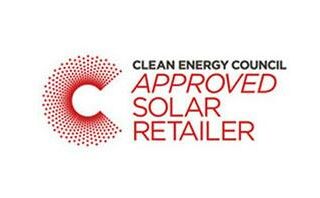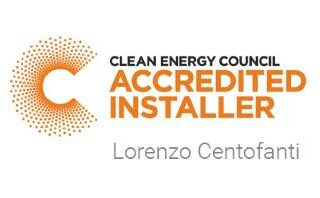Trusted by
[rank_math_breadcrumb]
Powerful 1000kW solar systems
Meet your large industrial energy needs with a large scale solar system tailored to your needs.
Embrace the power of renewable energy with large-scale systems that deliver unparalleled efficiency and sustainability for your business.
Generate clean electricity while significantly reducing operational costs and carbon footprint. Our tailored solutions ensure seamless integration, maximising solar potential and energy savings.
From initial assessment to installation and maintenance, we provide end-to-end support to unlock significant savings potential. Join the green energy revolution, lock in long-term benefits, and take greater control over your overheads with a 1000kW solar system.
Discover more or clain your obligation-free quote on (08) 7120 6366 today.
What are the best types of 1000kW solar systems?
The best types of 1000kW solar systems typically involve a combination of factors to ensure optimal performance and efficiency.
Firstly, high-quality monocrystalline or polycrystalline panels with a good efficiency rating are essential. These panels should be matched with reliable inverters, preferably string inverters or central inverters, depending on the project’s scale and layout.
Additionally, incorporating smart monitoring systems can help track energy production and system health in real time. It’s crucial to collaborate with experienced solar providers who can customise the system design to fit the specific location, energy needs, and sun exposure of your location, ensuring the best possible results.
What factors affect 1000kW solar system cost?
The cost of a 1000kW (1 megawatt) system in South Australia can vary significantly based on several factors. These factors include the type and quality of solar panels and inverters used, installation complexity, mounting systems, additional equipment like monitoring systems, and any local permitting or grid connection costs.
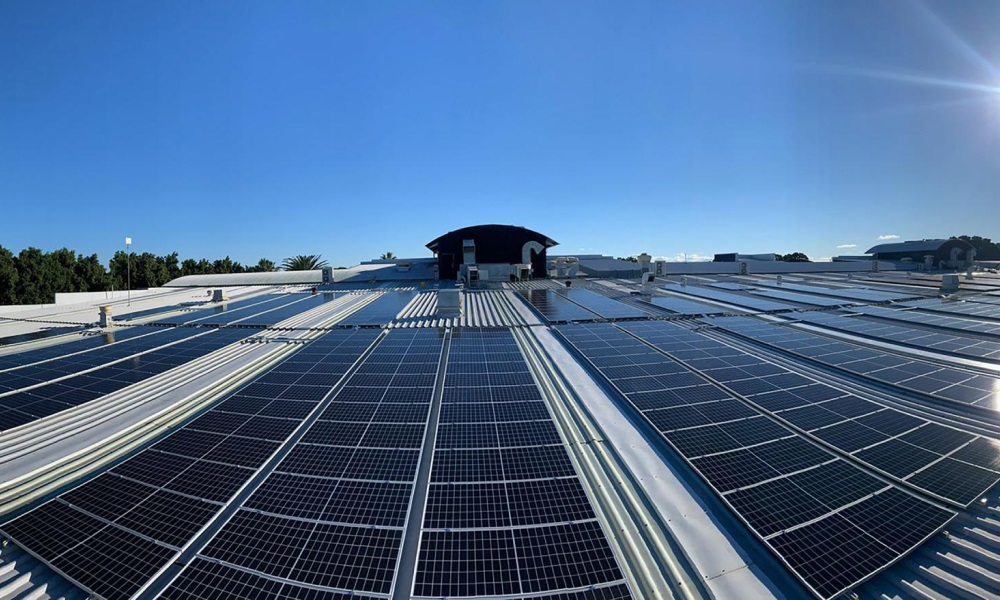
1000kW solar system benefits
Energy Savings: Generating a significant amount of electricity from sunlight can lead to substantial reductions in energy bills, allowing for substantial long-term cost savings.
Environmental Impact: By relying on solar power, you significantly reduce greenhouse gas emissions and your carbon footprint, contributing to a cleaner and more sustainable environment.
Financial Returns: They often provide a favourable return on investment over their lifespan due to energy savings, potential feed-in tariffs, and government incentives.
Energy Independence: Solar systems empower you to generate your own electricity, reducing reliance on traditional fossil fuels and energy suppliers.
Low Operating Costs: Solar systems require minimal maintenance and have low operating costs compared to other power generation methods.
Longevity: High-quality solar systems have a long lifespan, typically around 25-30 years or more, providing consistent benefits over time.
Community Image: Investing in solar power demonstrates a commitment to sustainability and can enhance your brand’s reputation in the community.
Grid Stabilisation: Large solar systems can help stabilise the grid by providing additional power during peak demand periods, reducing strain on the overall electrical infrastructure.
Government Incentives: Depending on the location and time, there might be government incentives, grants, or tax credits that can further offset the initial investment costs.
Future-Proofing: As the world transitions to cleaner energy sources, having a significant solar installation positions your organisation favorably for future energy trends and regulations.
What is the installation process for 1000kW solar systems?
Installing a 1000kW (1 megawatt) solar system in South Australia involves several steps to ensure a successful and efficient installation:
Step One: Initial Assessment – Solar experts assess your site’s suitability for a 1000kW system. Factors like available sunlight, shading, roof space, and structural integrity are evaluated.
Step Two: Design and Engineering – Based on the assessment, a custom system design is created. This includes selecting the type and arrangement of panels, inverters, mounting structures, and electrical components.
Step Three: Permitting and Approvals – Necessary permits and approvals are obtained from local authorities, including grid connection agreements and compliance with building codes.
Step Four: Equipment Procurement – High-quality panels, inverters, and other components are sourced and procured according to the design specifications.
Step Five: Site Preparation – The installation area is prepared by ensuring the roof or ground surface is clean, stable, and ready for the solar system installation.
Step Six: Mounting Installation – Mounting structures are securely installed on the roof or ground. These structures support the solar panels and ensure proper orientation for maximum sunlight exposure.
Step Seven: Panel Installation – Solar panels are carefully positioned and securely attached to the mounting structures. Wiring and connections are made to establish the electrical circuit.
Step Eight: Inverter Installation – Inverters, which convert the generated DC (direct current) electricity into AC (alternating current) for use, are installed. String inverters or central inverters may be used depending on the system design.
Step Nine: Wiring and Electrical Work – Proper wiring and electrical connections are made between the panels, inverters, and the building’s electrical system.
Step Ten: Testing and Commissioning – The system undergoes rigorous testing to ensure all components are functioning correctly and efficiently. This includes checking for any wiring issues, proper voltage levels, and safety mechanisms.
Step Eleven: Monitoring System Setup – If included, a monitoring system may be set up to track the system’s performance in real-time, allowing for early detection of any issues.
Step Twelve: Grid Connection – The system is connected to the local electrical grid through the appropriate metering and connection procedures, often involving coordination with the utility company.
Step Thirteen: Inspections and Approvals – Relevant inspections are conducted to verify that the installation meets safety and code standards.
Step Fourteen: Documentation and Handover – Comprehensive documentation, including warranties, manuals, and system specifications, is provided. The system is handed over to the owner or operator.
Step Fifteen: Maintenance Planning – A maintenance plan is established to ensure the system continues to operate optimally over its lifespan. Regular maintenance, cleaning, and performance checks are scheduled.
How many solar panels are required for 1000kw?
The number of solar panels required for a 1000kW (1 megawatt) solar system depends on several factors, including the wattage of the individual solar panels being used. Here’s a general calculation to give you an idea:
- Determine Panel Wattage: Let’s assume you are using standard 400W solar panels.
- Calculate Total Power Capacity: 1,000 kW = 1,000,000 watts.
- Divide Total Power Capacity by Panel Wattage: 1,000,000 watts ÷ 400 watts/panel = 2,500 panels.
So, with 400W solar panels, you would need approximately 2,500 panels to create a 1000kW solar system. Keep in mind that this is a simplified calculation, and actual requirements can vary based on factors like panel efficiency, shading, orientation, and available installation space.

















